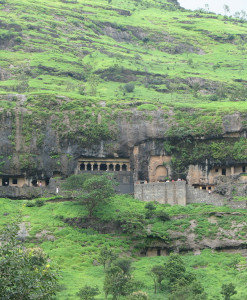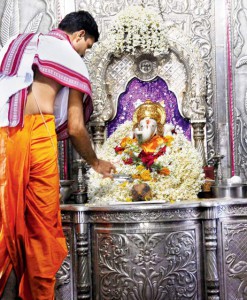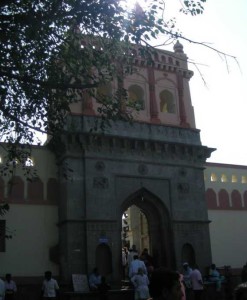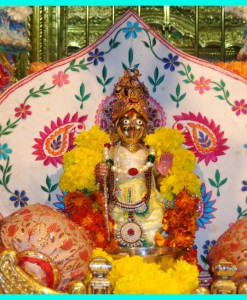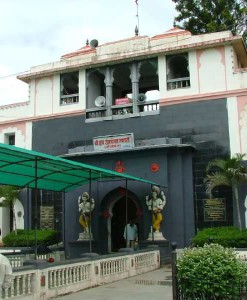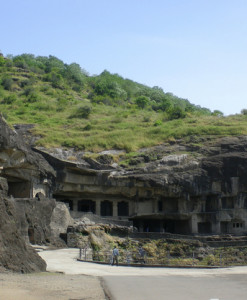No products in the cart.
The Karla Caves or Karle Caves or Karla Cells are a complex of ancient Indian Buddhist rock-cut cave shrines located in Karli near Lonavala, Maharashtra. The shrines were developed over the period – from the 2nd century BC to the 5th century AD. The oldest of the cave shrines is believed to date back to 160 BC, having arisen near a major ancient trade route, running eastward from the Arabian Sea into the Deccan. Karli’s location in Maharashtra places it in a region that marks the division between North India and South India. Buddhists, having become identified with commerce and manufacturing through their early association with traders, tended to locate their monastic establishments in natural geographic formations close to major trade routes so as to provide lodging houses for travelling traders. Today, the cave complex is a protected monument under the Archaeological Survey of India.
Karla Caves, Maharashtra;
Karla Caves are one of the ancient caves in Lonavala of Maharashtra that follows the mixed Indian and Buddhists style of rock-carved caves architecture. These caves are some of the largest rock-cut Buddhist shrines in India. These ancient Buddhist shrines were developed during two periods. The first period between 2nd century BC and 2nd century AD and second period between 5th century AD to the 10th century.
Karla Caves are very famous tourist destination because of their amazing architecture. Inscriptions and Stupas in the caves depict the ancient Buddhist architecture and culture. The early Buddhist school, Mahasamghika, is associated with these caves. Their popularity in this part of the region was wide-spread.
The karla cave complex is built into a rocky hillside around 60 kilometres (37 mi) from Pune, with large windows cut into the rock to light the cave interiors. The caves are believed to be some of thousands of similar caves excavated in the Sahyadri Hills in the early 1st millennium AD.
The main cave consists of a chaitya hall that has 37 octagonal pillars and a base of water jar. The hall has many beautifully decorated sculptures of men, women and animals. The most important feature of this facade is that it is made out of teak wood. The access to the city hall is embellished with a horseshoe-shaped arch. There is an Ashoka pillar at the front side with a closed stone façade and Tirana in between them. There are large windows carved-out on the walls of the caves for lighting purpose.
All around the cave complex, there are many chaityas and viharas. A Vihara is a place where the monks used to stay and meditate in the caves for a long period of time. Some sculptures of elephants dressed up well with metal jewelries placed there.
By Road: The Karla Caves are present in Lonavla. We can reach it easily by hiring auto, bus or taxi from anywhere in the Maharashtra or from neighboring state. Maharashtra is connected with most of the Indian cities by road. The Maharashtra State Transport Corporation (MSTC) runs regulars bus service to the Temple. The place is 108 km from Mumbai and 60 km from Pune.
By Rail: The nearest Railway Station to the temple is Lonavla railway station.
By Air: The Temple can be reached through nearest Pune Airport which is well connected with regular domestic flights to Delhi, Mumbai.
The temple Opening & Closing: Monday – Friday: 8.30 AM – 6.00 PM, Saturday: 8.30 AM – 6.00 PM, Sunday: 8.30 AM – 6.00 PM , Public Holidays: 8.30 AM – 6.00 PM. June to January is considered the best time to visit the Karla Caves.



